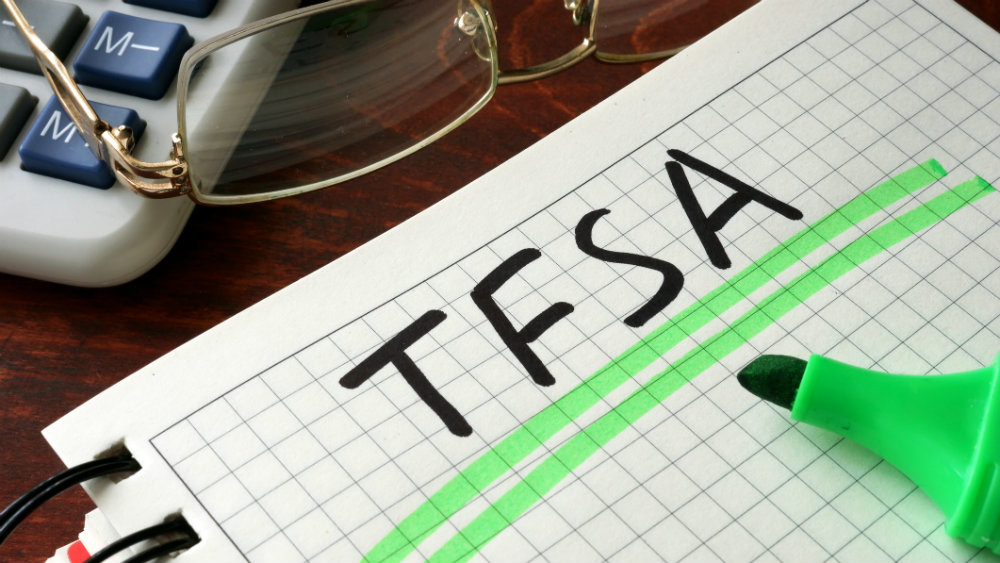Introduced in 2009, TFSAs are as close as it gets to free money. Everyone should have a TFSA, but for some reason, that’s not the case. Common but easily avoidable mistakes cost Canadians billions every year. Don’t let this be you.
Fortunately, the Canada Revenue Agency tracks dozens of statistics that show how citizens are saving. The results are sometimes shocking. When using tax shelters like a TFSA, it’s critical to remain informed.
If you don’t have a TFSA, open one today. If you do, congratulations, but as the following data shows, you’re still vulnerable to costly errors.
There’s a maximum?
Amazingly, one-third of Canadians don’t know that there’s a contribution maximum. That’s a huge mistake considering 40% aren’t aware that there’s a tax penalty for over contributing. These two statistics could mean that millions of Canadians will unnecessarily increase their taxes by using a TFSA. That’s the opposite of the intended effect.
From 2009 to 2012, the contribution limit was $5,000 per year. In 2013 and 2014, you could have contributed $5,500 per year. In 2015, the number was bumped to $10,000, but from 2016 to 2018, it fell again to $5,500. In 2019, the contribution limit was moved to $6,000 per year.
That’s a lot of numbers, but there’s only one figure you need to know: $63,500. That’s the sum of every year’s contribution max.
Why does that matter? Because even though each year has a contribution max, unrolled contribution room rolls forward. So, at any given time, you can contribute up to $63,500 in total, even if you hit this year’s maximum. Just do the math carefully, as there’s a penalty of over contributing.
Contributions are falling
It turns out many Canadians don’t need to know the contribution max at all. That’s because they’re not contributing enough anyway. In 2018, contributions fell 3% year over year to around $4,800. This year, don’t expect an increase, considering only 89% of Canadians don’t realize the maximum was bumped to $6,000.
As we’ll see, some TFSA statistics are still growing, but there’s a huge gap between the actual advantages of a TFSA and the public’s knowledge. Education is key, and so far, Canadians are falling behind.
Some things are growing
As mentioned, TFSAs are akin to free money. It makes zero sense not to have one. Even if you keep the funds in cash like a banking account, at least you’re still avoiding taxes on the interest.
Fortunately, the data shows Canadians are getting smarter about using tax-advantaged accounts. In 2018, 69% of Canadians used a TFSA — up from 56% in 2017. That’s an improvement, but still means nearly one-third of Canadians are missing out.
Due to this rise in penetration, the average amount saved in a TFSA is also growing. Last year, Canadians averaged roughly $27,000 in their TFSAs up from around $22,000 the year before.
After struggling the first few years after its debut, it seems as if the TFSA has finally hit the mainstream. These figures are expected to rise again this year, but we’re still years away from hitting 100%.








